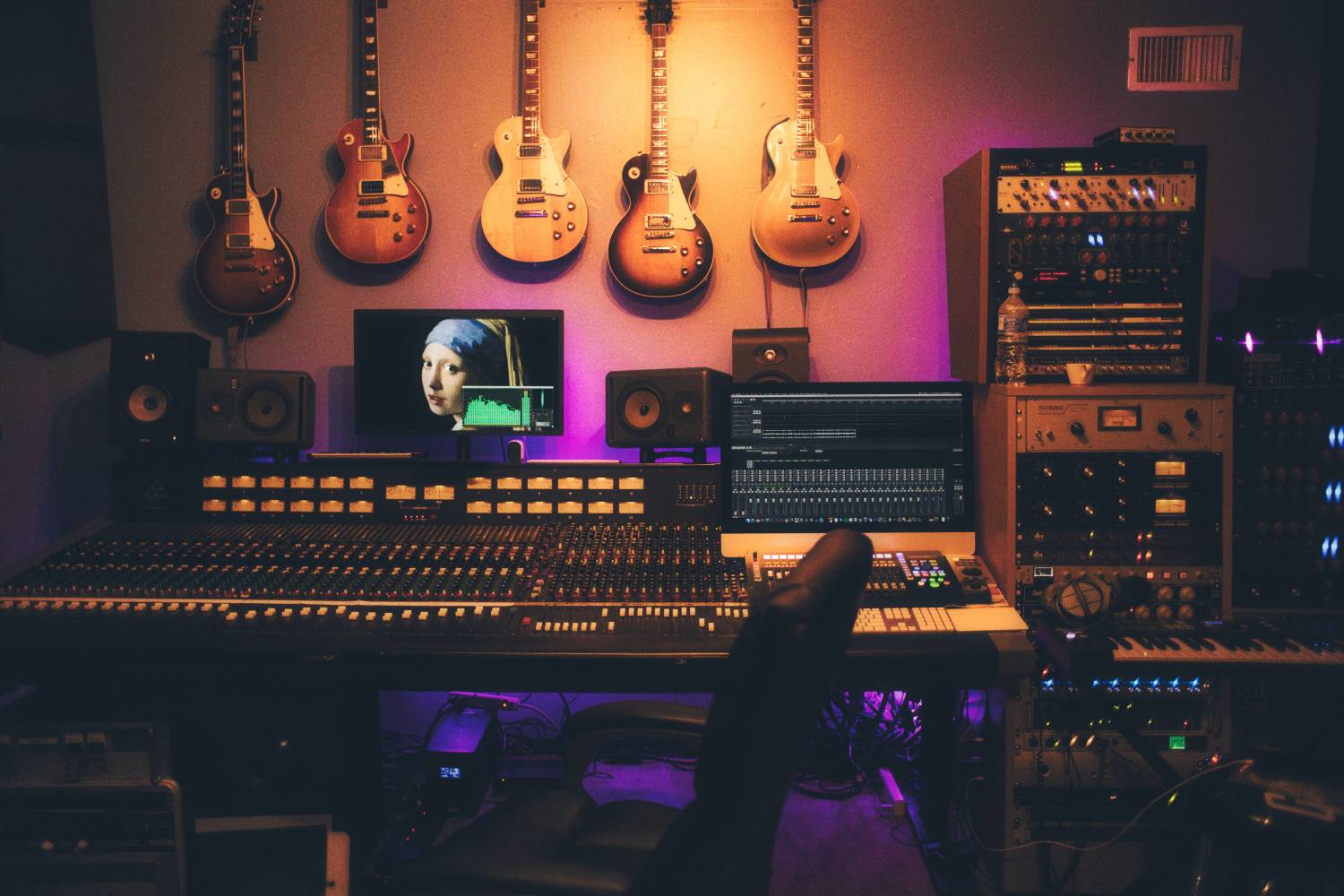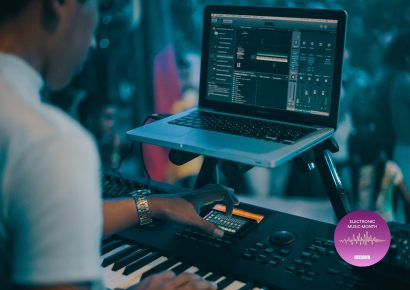What to know before stepping into the studio with your axe
With Studio Special time upon us again, I thought I’d cover some thoughts about the recording world relating to guitars in no particular order.
Firstly, I can’t stress the importance of being in tune and having your guitars setup and intonated properly! You don’t want to finally get that perfect take only to have it ruined by dodgy tuning. And I suppose that then applies to all of your gear too – make sure it’s working and as noise-free as possible. I know that sounds obvious but umm… it’s not always the way with some musos.
Read all the latest features, interviews and how-to columns here.
Left and Right guitars
Double tracking guitars and panning them hard left and right can really create a big sound. While you want the parts played correctly and in time, part of the beauty of this effect is the differences between the two guitars. The slight timing differences and dynamic nuances combine to give the sound of one big guitar part.
Try varying the tones for each part too (e.g. – neck pickup on the left and bridge pickup with more gain on the right). Again, the contrast can really blend together for a huge sound. Great for rock, moody indie sounds, minimalist, acoustic, metal – almost anything.
Don’t always overdo it
Yes, overdoing it can actually be cool at times. Triple or quad tracking a part to really give it some smack or turning nine effects pedals on for that wild solo sound can be great. But, there is a real beauty to keeping things simple and succinct. Then, when you do pull out the craziness, it’s going to really make an impression.
Following on from the ‘Left and Right guitars’ previously mentioned – try having mono straight-up-the-middle guitars for the verse that then open to hard panned left and right in the chorus (or vice versa). The extra width and tonal variation can really have a big impact. Note choice is a big one too – sometimes the simple part can make the hook/lick/song as opposed to trying to fit in 36 notes. Make it memorable.
Tones aren’t always what they seem
Dialling in tones that work in the mix/ensemble/recording can be a real art form. Often it’s the pokey, thin sounds or dirtier than you realise (or cleaner than you realise) sounds that actually fit the best in a mix. So many times, I’ve used distorted bridge pickup tones that I’d usually consider way too bright and nasally for my normal gig sounds, yet they’ve really worked in the track. Guitars don’t always need their full EQ spectrum too – so chopping off low end and thinning out the top can really help at times. Similarly, some of those classic pumping bass tones that you actually think are pristine clean actually have distortion that adds some bite and helps them poke out a bit.
Recording can really be a different beast to playing live. The mindset can be different in terms of having the luxury of re-recording parts – don’t let this bog you down though. Preparation, minimising distractions, and being open to suggestions can really help with creativity and getting the best performance possible.







